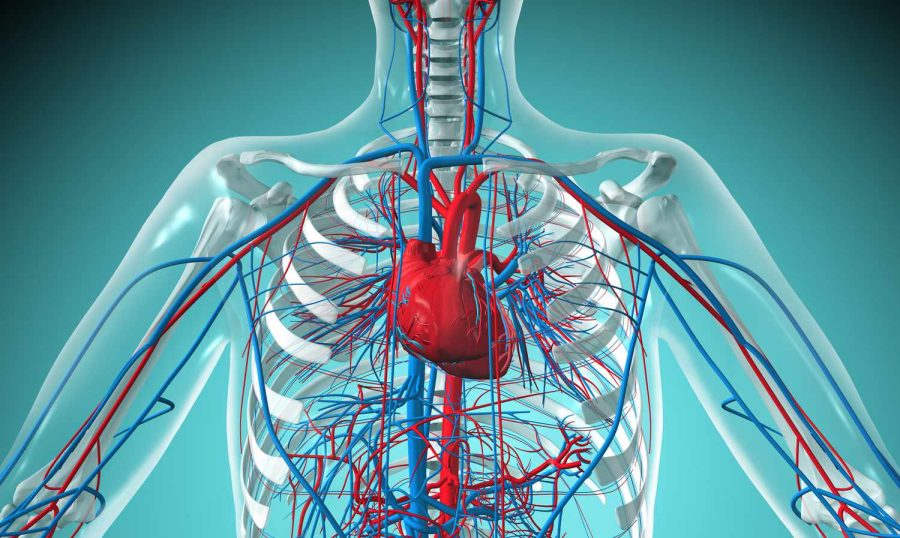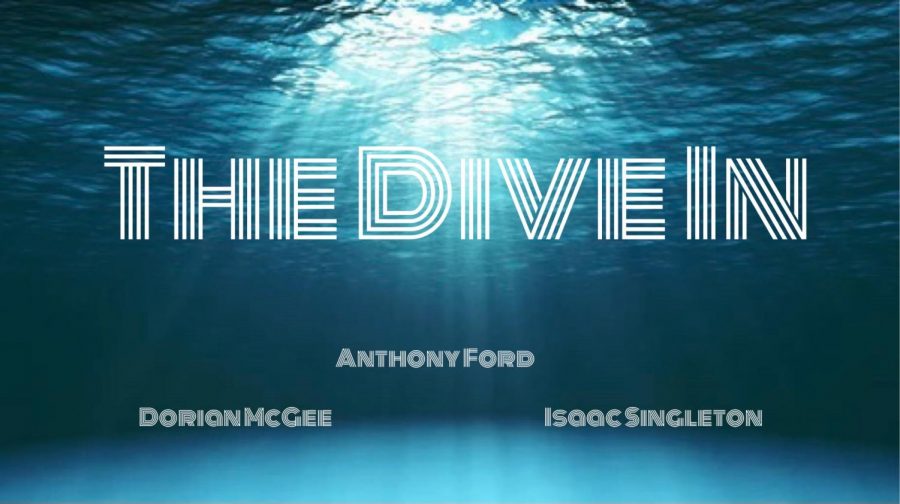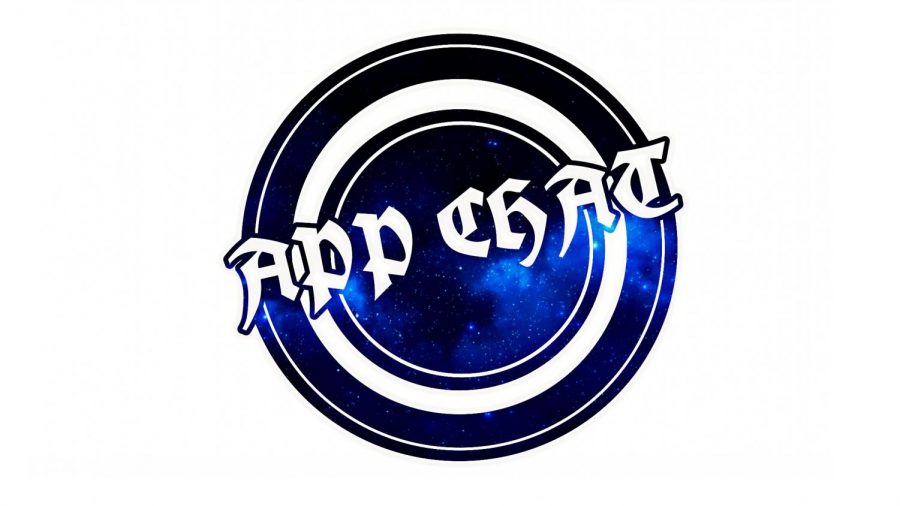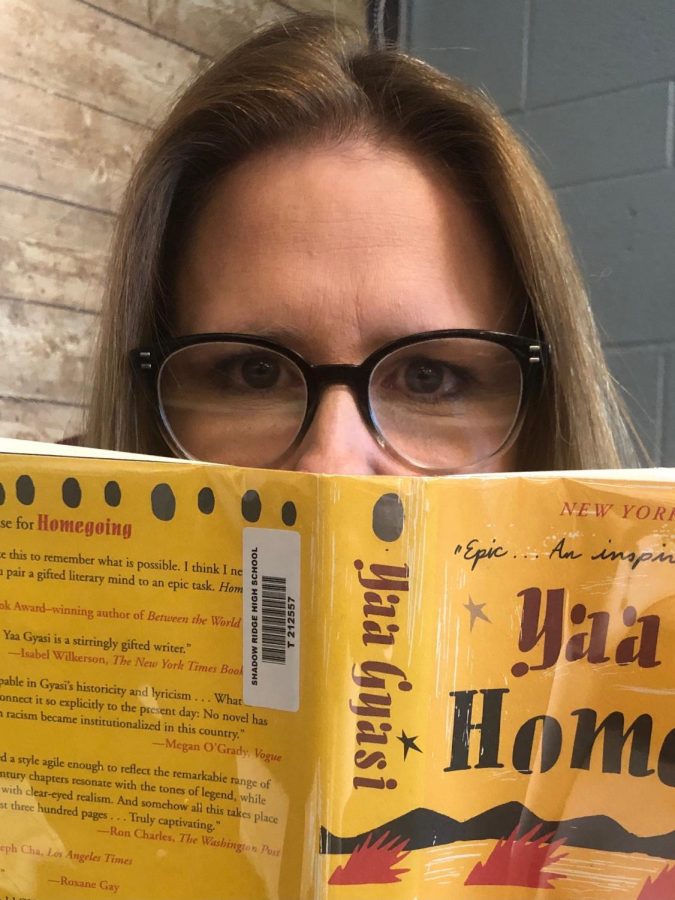Anatomy & Physiology: All About the Body
Photo Courtesy of: Getty Images
Body systems like the cardiovascular system are learned throughout the course
January 16, 2023
Just as preregistration is coming up, Anatomy & Physiology is an amazing choice to be put on anyone’s schedule. The content is relevant to all students and the pacing of the class keeps students engaged. Ms. Kuhlman and Ms. Chambers teach the class and are ecstatic to see students accomplish many things throughout the course.
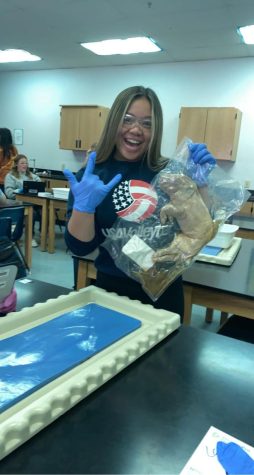
Rather than only memorizing from a textbook and watching demonstrations, students are able to create their own plans for patients as a way for them to truly learn about the body.
“Anatomy is a very hands-on class with lots of labs, dissections, and collaborative activities,” Ms. Kuhlman explains.
There is a case study for each body system and in that, students work together to both diagnose and treat the patient based on the information given to them by the teacher. This practice expands students’ knowledge tremendously and allows them to make use of every resource they have at their fingertips. Research and the endless possibilities when looking for treatments also encourage students to discuss what treatment is truly the best depending on the severity of the case.
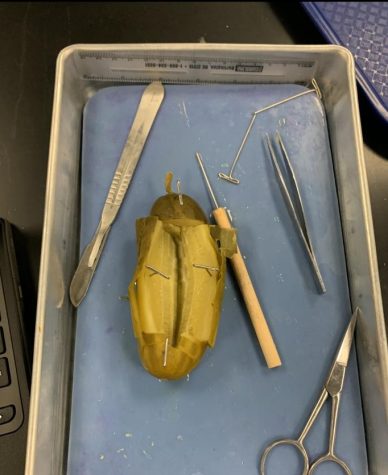
“[Anatomy & Physiology] is so relevant to everyone,” Ms. Kuhlman tells. “Everybody has some sort of connection to the human body, health, and pathology (disease, injury, etc).”
The class does not only consist of these case studies, though– there are many dissections that go along with the learning process. To ensure the understanding of students in the structure of the human body and its parts, there are multiple labs throughout the year– with one full body dissection on a specimen at the end of the year. Learning about how to use the tools is an excellent start for the medical field and knowing how to collaborate with others is a valuable skill in all other areas as well.
Ms. Chambers has experience in the medical field as a veterinarian. Alongside being one of the Anatomy & Physiology teachers, she works with the medical tools that are introduced during the course daily.
“As someone with experience in the medical field, I can honestly say that this course would be a great stepping stone for anyone interested in the medical field – doctor, nurse, physical or occupational therapist, researcher, lab technician, athletic trainer, veterinarian, veterinary technician, etc.,” she explains. “We have designed this course to not only provide students with a solid foundation of how the body works but to also provide students with real-world tools to use when working up medical cases in the field.”
The pacing of the class is very self-motivated. Deadlines can be overwhelming, but there is an understanding between the teachers and students that life can get in the way at times. With that in mind, the course will challenge students but it will also allow students to grow as both individuals and group members.


